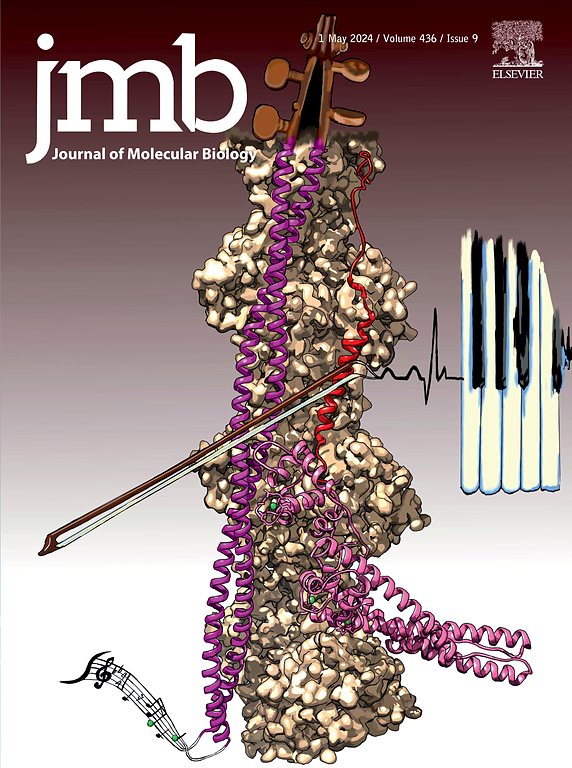Timestamp calibration for time-series single cell RNA-seq expression data
IF 4.7
2区 生物学
Q1 BIOCHEMISTRY & MOLECULAR BIOLOGY
引用次数: 0
Abstract
Timestamp automatic annotation (TAA) is a crucial procedure for analyzing time-series scRNA-seq data, as they unveil dynamic biological developments and cell regeneration processes. However, current TAA methods heavily rely on manual timestamps, often overlooking their reliability. This oversight can significantly degrade the performance of timestamp automatic annotation due to noisy timestamps. Nevertheless, the current approach for addressing this issue tends to select less critical cleaned samples for timestamp calibration. To tackle this challenge, we have developed a novel timestamp calibration model called ScPace for handling noisy labeled time-series scRNA-seq data. This approach incorporates a latent variable indicator within a base classifier instead of probability sampling to detect noisy samples effectively. To validate our proposed method, we conducted experiments on both simulated and real time-series scRNA-seq datasets. Cross validation experiments with different artificial mislabeling rates demonstrate that ScPace outperforms previous approaches. Furthermore, after calibrating the timestamps of the original time-series scRNA-seq data using our method, we performed supervised pseudotime analysis, revealing that ScPace enhances its performance significantly. These findings suggest that ScPace is an effective tool for timestamp calibration by enabling reclassification and deletion of detected noisy labeled samples while maintaining robustness across diverse ranges of time-series scRNA-seq datasets. The source code is available at https://github.com/OPUS-Lightphenexx/ScPace.

时间序列单细胞RNA-seq表达数据的时间戳校准。
时间戳自动注释(TAA)是分析时间序列scRNA-seq数据的关键步骤,因为它们揭示了动态的生物发育和细胞再生过程。然而,当前的TAA方法严重依赖于手动时间戳,常常忽略了它们的可靠性。由于时间戳有噪声,这种疏忽会显著降低时间戳自动注释的性能。然而,目前解决这个问题的方法倾向于选择不太关键的清洗样本进行时间戳校准。为了应对这一挑战,我们开发了一种名为ScPace的新型时间戳校准模型,用于处理带噪声标记的时间序列scRNA-seq数据。该方法在基分类器中引入潜在变量指标来代替概率抽样,从而有效地检测噪声样本。为了验证我们提出的方法,我们在模拟和实时时序scRNA-seq数据集上进行了实验。不同人为错误标记率的交叉验证实验表明,ScPace优于以前的方法。此外,在使用我们的方法校准原始时间序列scRNA-seq数据的时间戳后,我们进行了监督伪时间分析,结果表明ScPace显著提高了其性能。这些发现表明,ScPace是一种有效的时间戳校准工具,可以对检测到的带有噪声的样本进行重新分类和删除,同时在不同时间序列scRNA-seq数据集上保持鲁棒性。源代码可从https://github.com/OPUS-Lightphenexx/ScPace获得。
本文章由计算机程序翻译,如有差异,请以英文原文为准。
求助全文
约1分钟内获得全文
求助全文
来源期刊

Journal of Molecular Biology
生物-生化与分子生物学
CiteScore
11.30
自引率
1.80%
发文量
412
审稿时长
28 days
期刊介绍:
Journal of Molecular Biology (JMB) provides high quality, comprehensive and broad coverage in all areas of molecular biology. The journal publishes original scientific research papers that provide mechanistic and functional insights and report a significant advance to the field. The journal encourages the submission of multidisciplinary studies that use complementary experimental and computational approaches to address challenging biological questions.
Research areas include but are not limited to: Biomolecular interactions, signaling networks, systems biology; Cell cycle, cell growth, cell differentiation; Cell death, autophagy; Cell signaling and regulation; Chemical biology; Computational biology, in combination with experimental studies; DNA replication, repair, and recombination; Development, regenerative biology, mechanistic and functional studies of stem cells; Epigenetics, chromatin structure and function; Gene expression; Membrane processes, cell surface proteins and cell-cell interactions; Methodological advances, both experimental and theoretical, including databases; Microbiology, virology, and interactions with the host or environment; Microbiota mechanistic and functional studies; Nuclear organization; Post-translational modifications, proteomics; Processing and function of biologically important macromolecules and complexes; Molecular basis of disease; RNA processing, structure and functions of non-coding RNAs, transcription; Sorting, spatiotemporal organization, trafficking; Structural biology; Synthetic biology; Translation, protein folding, chaperones, protein degradation and quality control.
 求助内容:
求助内容: 应助结果提醒方式:
应助结果提醒方式:


